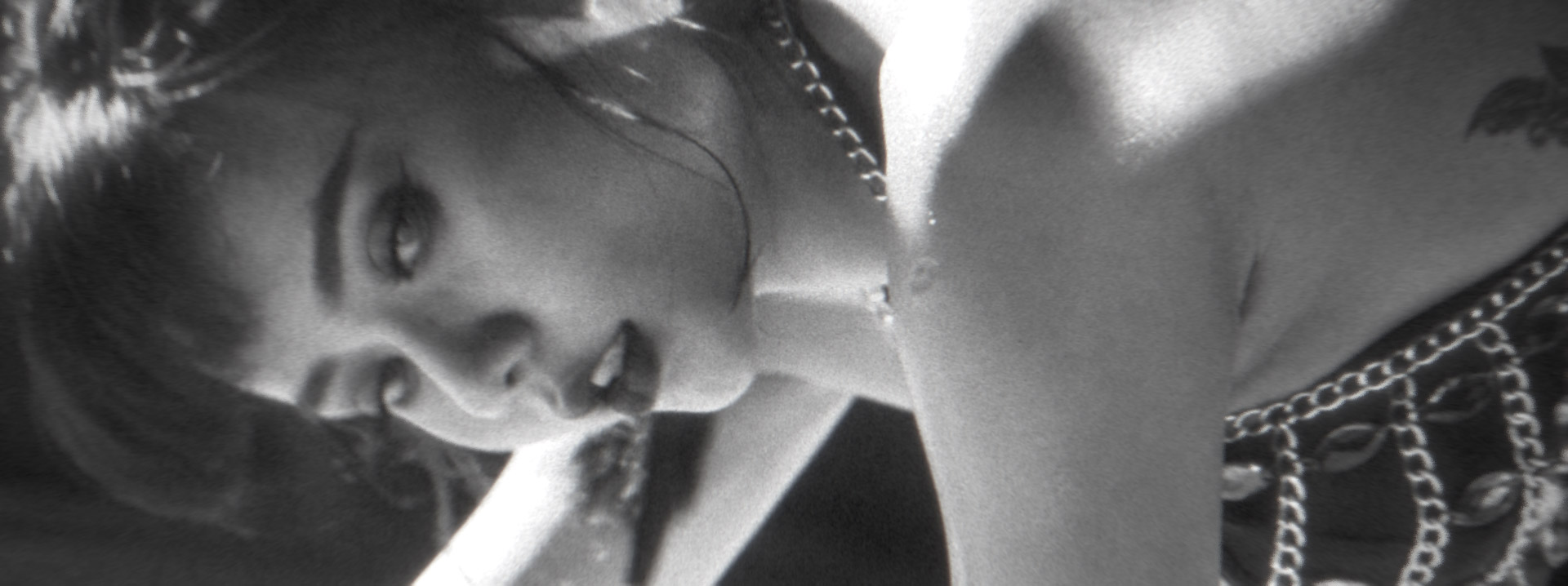CG Generalist
Time Constrains
R&D Constrains
Workflow Efficiency
Look-Dev Lighting
Matchmove
Rigging
Animation
Dragon Shot Technical Lead
So I need to analyze the project and determine which processes should follow a linear approach and which could be non-linear. This allowed me to create an efficient pipeline that met deadlines while streamlining the production process for faster and more effective results.
To streamline the dragon body creation, rather than crafting the entire structure and all its scales from scratch, I designed a segmented approach. I created a single segment and divided it into three parts: front, mid, and rear. By leveraging ZBrush’s 'Seamless Curve Brush,' I can duplicate the mid-section seamlessly to achieve any desired body length
This technique not only saves time compared to sculpting the whole body manually but also allows for easy adjustments if the director requests variations. I simply modify the segments and use the 'Seamless Curve Brush' to generate a new version efficiently.


The dragon’s head is constrained to object tracking data from live footage, enabling seamless integration and match-moving within the 3D scene.
For body rigging, I used 'dynamic bone constraints' so that each bone inherits movement from a single master bone. This setup allows me to animate only the master bone and refine inherited values through trial and error to achieve the desired body movement. The same principle applies to the dragon’s barbels, adding realism with minimal manual adjustments.
Using the 'Seamless Curve Brush' method, I also created a low-poly proxy of the dragon's body to apply animation data efficiently to the high-poly model. This is crucial for achieving real-time animation, as working directly with high-poly models would be computationally impractical.
In the roar scene, these methods simplify the process further. By setting the head as the master bone, the body naturally follows its movements, eliminating the need for complex, frame-by-frame hand animation.


Pupil Contraction: To animate pupil contraction, I used blend-shape animations based on various contraction and dilation states sculpted in ZBrush. These states were easily achieved with ZBrush’s 'Move Brush' and 'Radial Symmetry' features, allowing smooth transitions in the pupil’s size.
Pupil Emission: Using a height map texture generated in ZBrush, I mapped out only the specific areas of the pupil muscles that I wanted to emit light, ensuring that only targeted sections glow without affecting the entire pupil.
Nictitating Membrane: The nictitating membrane was crafted by removing half of a sphere and applying a simple rotation animation. With an organic texture, a translucent shader, and subtle bump mapping, I created a realistic, semi-transparent membrane that enhances the eye’s detail.


Vay Da Du Xin Chua ?

